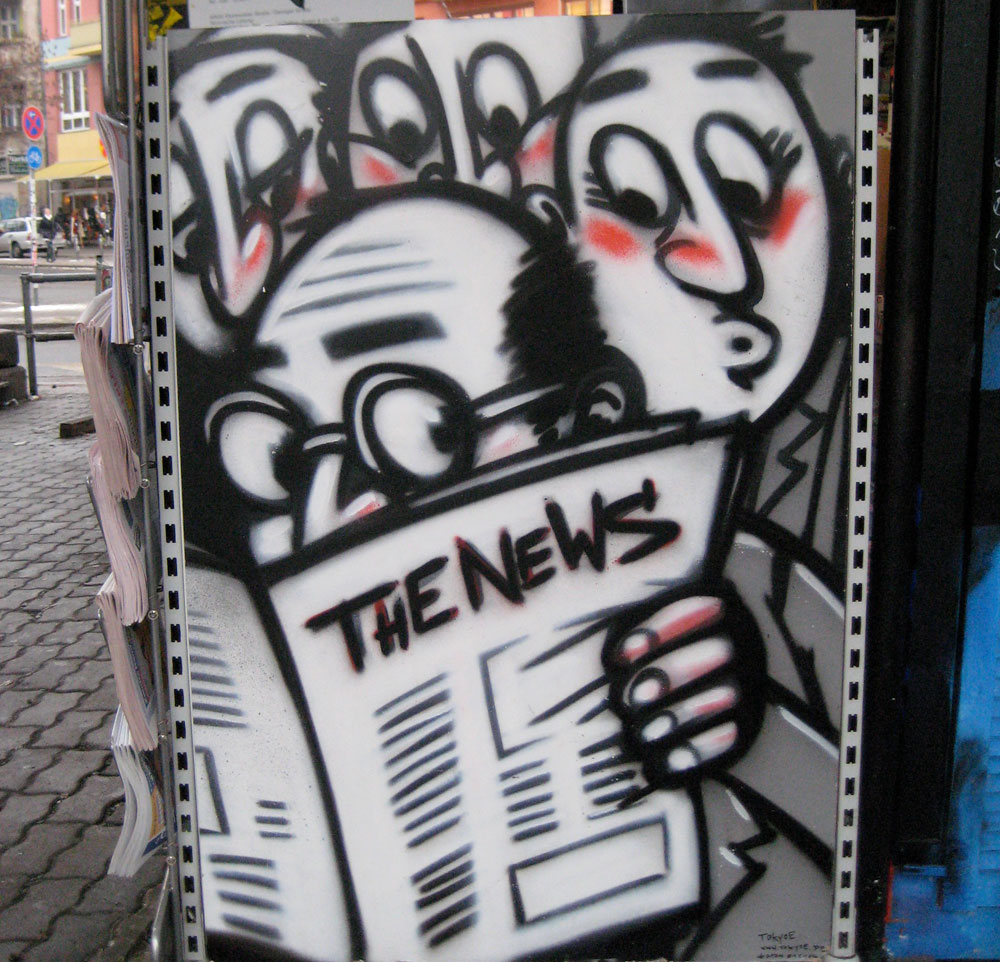October 14, 2011; Source: The Uptowner | Even if you don’t live in Harlem, it is possible to get the sense that things are happening in this New York City neighborhood just by media reports alone. Within the past week the New York Times ran a story about the nonprofit National Dance Institute, founded by Jacques D’Amboise, opening a new $11.5 million center on 147thStreet. Another Times story on recent New York City housing market trends that points out that rents in Harlem have increased 13 percent, though that might not be welcome news to everyone.
The Uptowner newspaper cites the Harlem Renaissance High School as emblematic of the rebirth that Harlem itself is experiencing. After just two years at the school, principal Nadav Zeimer raised graduation rates from 17 percent to 39.9 percent and has already secured a gift of new computer equipment for a music studio from a Chicago-based media company.
According to the Uptowner, some U.S. corporations have also been taking notice of the changes going on in the neighborhood and have been signing up to lend support in a variety of forms. Michael Haberman, president of PENCIL, a nonprofit that links New York City Public Schools with the private sector, told the Uptowner that there is now “high demand” from the corporate community to work with entities in the neighborhood. “I don’t know if it’s just that it’s an iconic neighborhood, its geographical location or the activity we have seen there in the last 10 years, but a lot of people ask to work in Harlem,” he said.
Sign up for our free newsletters
Subscribe to NPQ's newsletters to have our top stories delivered directly to your inbox.
By signing up, you agree to our privacy policy and terms of use, and to receive messages from NPQ and our partners.
One example of a corporate partner is American Airlines, which supports a range of Harlem-based schools and nonprofits, including the Choir Academy of Harlem, the Greater Harlem Chamber of Commerce, the Apollo Theater, Harlem Stage, and Aaron Davis Hall. Commenting on his company’s commitment to the neighborhood, American’s New York Vice President Art Torno told the Uptowner, “The Harlem Renaissance is very real. We see it, we feel it and we want to be a part of it.”
Is Harlem’s success with the corporate world replicable in other communities? We would be interested in your thoughts.—Anne Eigeman













